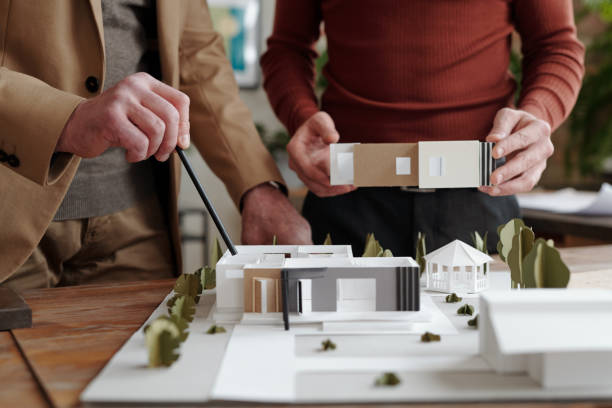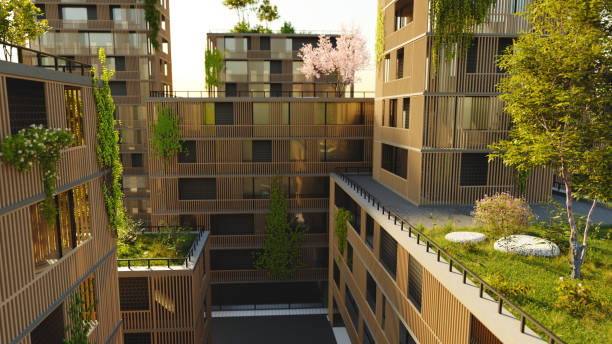Enquire Now
Submit your request and our design expert will get in touch with you.

In today’s fast-paced and demanding world, the importance of creating spaces that prioritize human wellbeing cannot be overstated. Architecture, as a form of artistic expression and functional design, has a profound impact on our physical and mental health. Human-centric design, a philosophy rooted in placing people at the centre of the design process, is a powerful approach to creating environments that enhance wellbeing. By considering factors such as aesthetics, functionality, sustainability, and human needs, architects can shape spaces that promote physical health, mental wellbeing, social interaction, and overall happiness.
Human-centric design is an approach that recognizes the innate connection between humans and their built environment. It emphasizes the importance of designing spaces that cater to human needs and aspirations. This design philosophy considers aspects such as ergonomics, accessibility, aesthetics, and human psychology to create harmonious and supportive environments. By involving users in the design process and considering their feedback, architects can create spaces that truly enhance wellbeing.

Biophilic design is an integral part of human-centric design, as it harnesses the positive impact of nature on human health and happiness. This approach seeks to incorporate natural elements, such as plants, water features, and natural light, into architectural designs. By bringing nature indoors, biophilic design creates a sense of calm, reduces stress, improves air quality, and promotes physical and mental rejuvenation. This section explores the benefits of biophilic design and highlights successful case studies that showcase its transformative effects on wellbeing.
Sensory environments play a crucial role in shaping our emotional and psychological experiences within architectural spaces. By engaging all our senses, including sight, sound, touch, smell, and even taste, architects can create immersive environments that evoke positive emotions and enhance wellbeing. This section delves into the concept of sensory design and explores how it can be applied to different architectural contexts. Through case studies, we discover how carefully curated sensory experiences can positively impact individuals’ mental health and overall sense of wellbeing.
Adaptable spaces are designed to cater to the diverse needs of individuals and communities. They provide flexibility and inclusivity, allowing spaces to be easily modified to accommodate changing requirements. Whether it is through modular furniture, movable walls, or adjustable lighting, adaptable spaces empower users to shape their environment according to their specific needs. This section explores the importance of adaptable design and showcases innovative examples of adaptable spaces that promote wellbeing and inclusivity.
The built environment has a profound influence on our social interactions and sense of community. Community-centered architecture seeks to create spaces that encourage social cohesion, collaboration, and a sense of belonging. By designing spaces that facilitate face-to-face interactions, communal activities, and shared experiences, architects can foster social wellbeing. This section discusses the importance of community-cantered design and presents case studies of successful architectural projects that have positively impacted social interactions and community engagement.

Sustainability and wellbeing are inherently interconnected. Sustainable architecture prioritizes resource efficiency, environmental responsibility, and the long-term health of both the planet and its inhabitants. This section explores how sustainable design principles, such as energy efficiency, natural ventilation, and use of sustainable materials, can contribute to human wellbeing. Raghava Architects is the best architects in Ghaziabad, Lucknow.